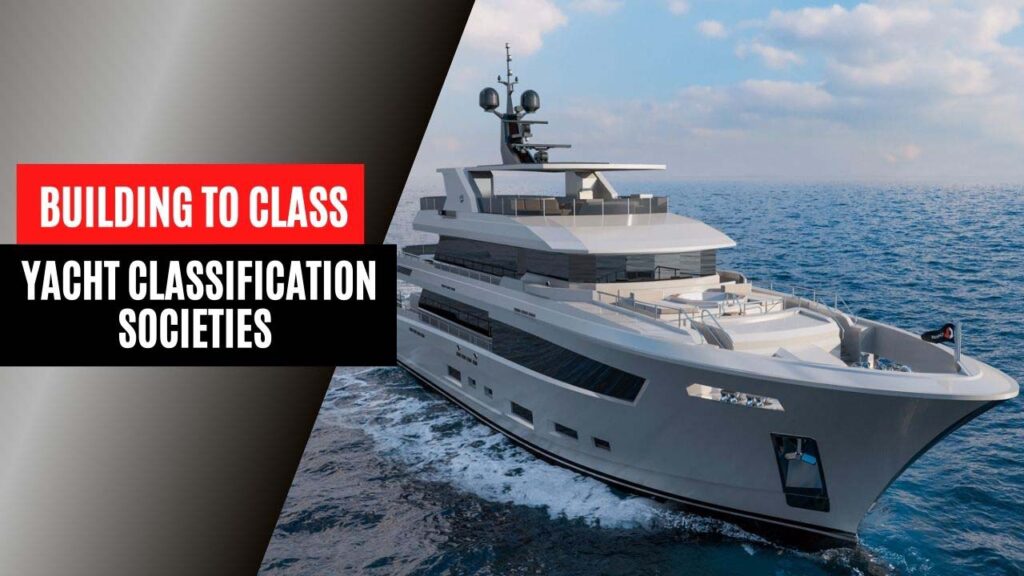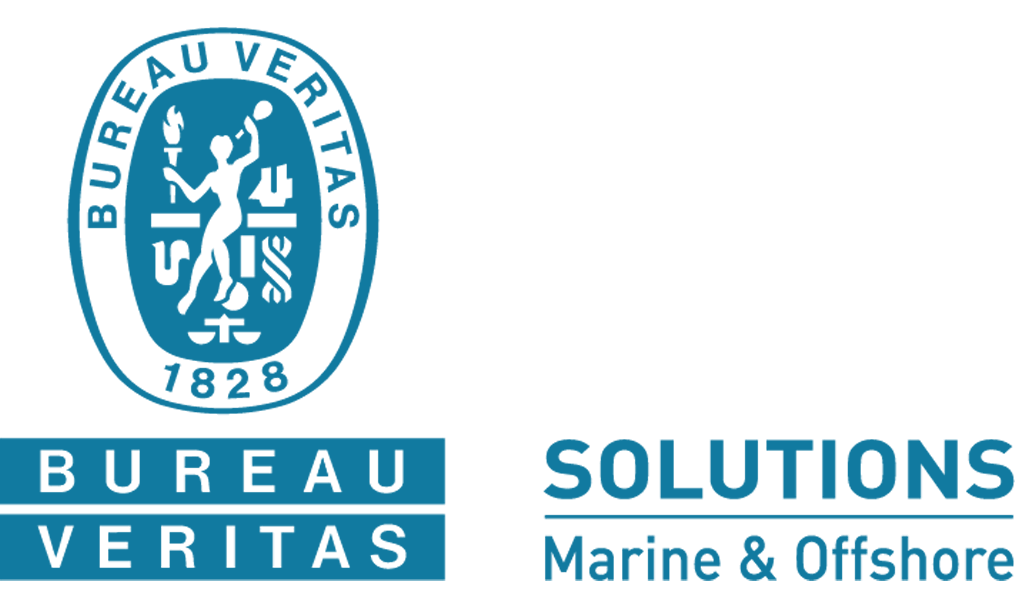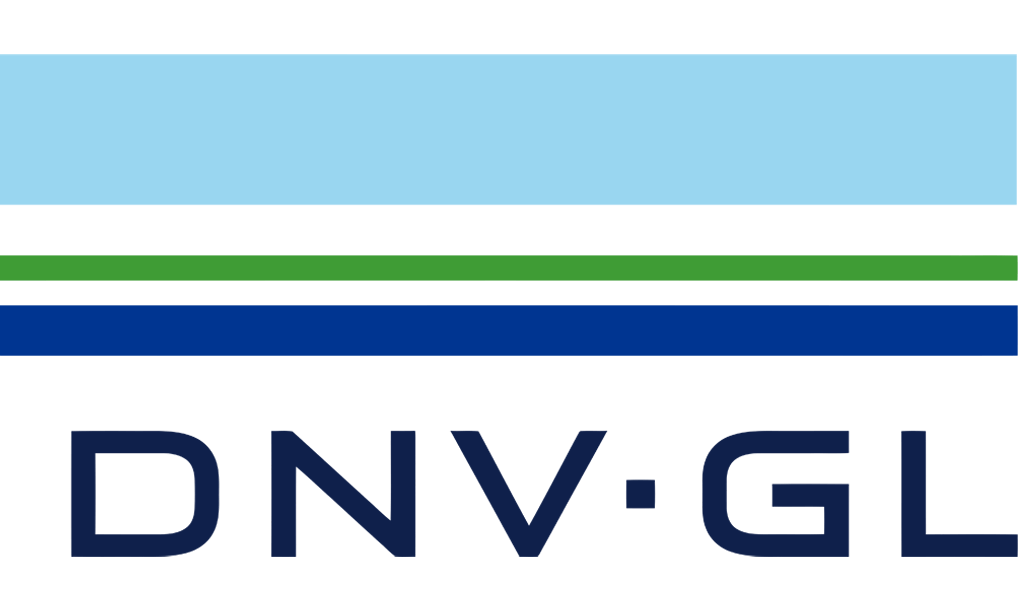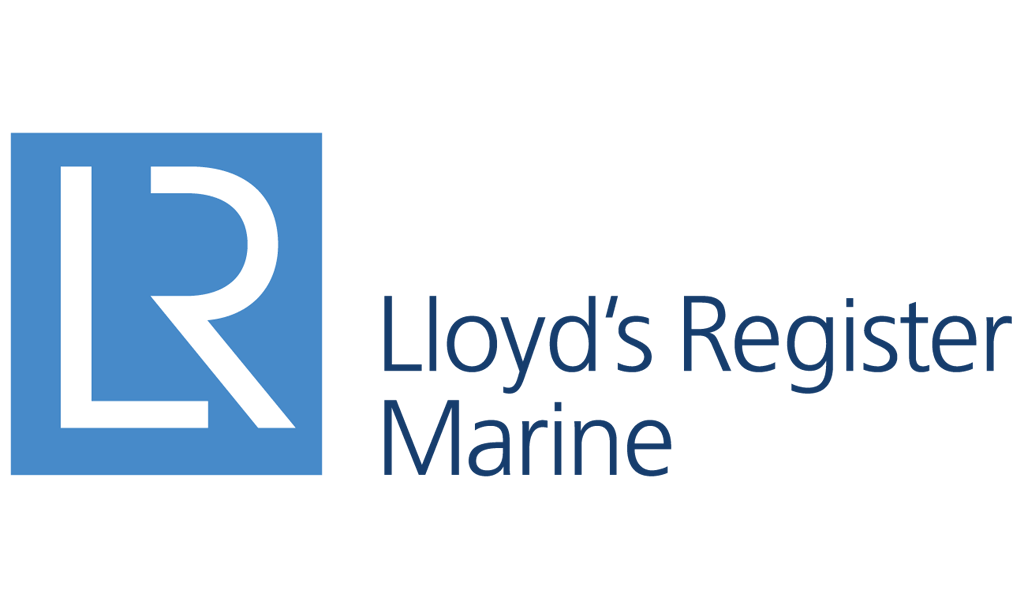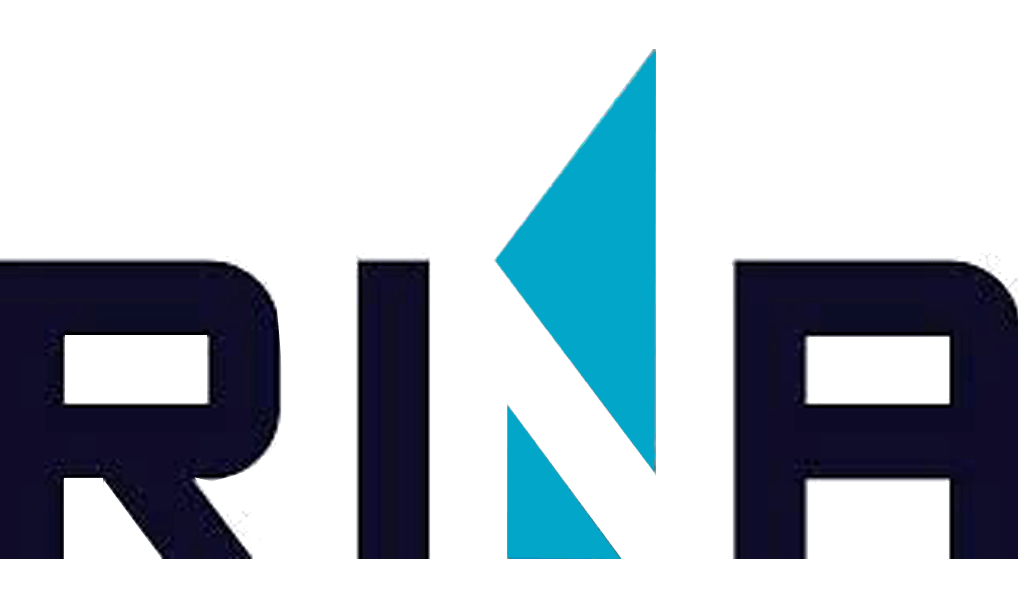Exploring the Yacht Classification Societies and Their Benefits
When you embark on a new-build project for a large custom yacht, one of the first things to determine is whether to have the vessel designed and constructed to meet the technical standards of a yacht classification society – known, for short, as “building to class”.
Maritime classification societies have been around for hundreds of years. The first one, Lloyd’s Register, takes its name from the London coffee shop where it got its start in 1760. The goal of its founders, who met at Edward Lloyd’s Coffee House on Lombard Street, was to give the commercial shipping industry independently recorded information on the quality of the vessels they were looking to hire or insure. The vessels were surveyed and listed in the Register Book with a rating or classification based on the condition of their hull and equipment. Subscriptions to the Register Book paid for the surveyors’ fees.
In the years that followed, other maritime classification societies were established in countries around the world. And since many of the ships they classified voyaged internationally, Lloyd’s Register and the other societies developed technical standards for their classification that were global in their scope. The societies also began offering testing, inspection and certification services to other industries, such as energy, oil and gas, and agriculture, to name a few.
At its core, however, a classification society’s primary role remains to assure a vessel’s quality, safety and seaworthiness.
According to E.J.W. de Boer, global yacht segment director, Lloyd’s Register, “Bringing it back to its roots, the role of class is the worldwide implementation of Rules covering:
- Structural strength of the hull and watertight integrity [of] essential parts of hull and appendages,
- Safety and reliability of propulsion and steering systems
- Effectiveness of essential auxiliary systems.”
Over the years, as boating for pleasure rather than solely for commercial purposes gained popularity, some of the classification societies began to offer their services to the yachting industry as well as to merchant maritime fleets. For example, Lloyd’s first Register of Yachts was published in 1878. Today, these class societies work hand in hand with the yachting industry not only to help improve the quality and safety of large luxury yachts, but also to heighten their cyber security, lower their environmental footprints and build more sustainability into the construction process.
Class vs. Flag
Yacht classification societies are independent from flag states. A flag state is the country or governmental authority under which a yacht, once launched, is registered or licensed, and whose laws and rules it must obey. The flag state is tasked with ensuring that the vessel complies with international and local laws and regulations relating to issues such as safety, labor, taxation and pollution, including those set by the International Maritime Organization (IMO).
While class and flag are separate entities, in many cases, they work together to help ensure the safety of a vessel, as well as of the world’s mariners and the waterways they navigate. For example, the Marshall Islands Registry delegates authority to 14 “Recognized Organizations”, including the major yacht classification societies, to perform ship statutory survey and certification services on its behalf.
The main classification societies serving the international yachting community include the following, in alphabetical order:
- American Bureau of Shipping (ABS). Founded in the United States in 1862, the American Bureau of Shipping’s stated mission is: “To serve the public interest as well as the needs of our members and clients by promoting the security of life and property, and preserving the natural environment.” ABS provides a range of services to a wide variety of industries, including yachting. To date, over 500 yachts have been ABS-classed, ranging from historical replicas to some of the fastest and most advanced superyachts in the world.
- Bureau Veritas (BV). Headquartered in France, Bureau Veritas was founded in 1828 to provide up-to-date tracking information about ships and their equipment, making the industry safer. BV now offers training, testing and certification services to many other industries addition to maritime. Continually updating its standards, in November 2022, BV published its NR 500 Rules for the Classification of Yachts with a length not exceeding 100 meters.
- China Classification Society (CCS): Founded in 1956, the China Classification Society is headquartered in Beijing, China. With the objective of “Safety, Environmental protection and Creating value for clients and society”, CCS provides services for a range of industries and fields. The society has been authorized by 60 major shipping states or regions, including China, to perform statutory surveys for the ships and offshore installations flying their flags.
- Det Norske Veritas (DNV). In 1864, Norway’s mutual marine insurance clubs joined together to establish a uniform set of rules and procedures to be used in assessing the risk of underwriting individual vessels. The group aimed to provide, “reliable and uniform classification and taxation of Norwegian ships.” Three years later, a group of 600 ship owners, shipbuilders and insurers gathered in Germany, to found Germanischer Lloyd (GL), a non-profit association based in Hamburg. In 2013, DNV and GL merged to form DNV GL, which was renamed to DNV in 2021.
- Lloyd’s Register (LR). The oldest maritime registry, Lloyd’s Register still specializes in providing professional services and setting technical standards for the maritime industry. Today, LR is a global operation with more than 70 locations serving clients in 182 countries. Involved with the classification of both sailing and motor yachts for more than 144 years, LR reports that today it is the leading yacht classification society with over 50 percent of the market share. More than 1,200 yachts in the 100-foot-plus range have been built to LR classification to date.
- Registrano Italiano Navale (RINA). Established in Genoa, Italy, in 1861, Registrano Italiano Navale registered 340 vessels in its first year. Today, it is an international classification society operating on behalf of 122 flag authorities. RINA’s pillars are technical competence, attention to quality and focus on innovation. Environmentally friendly operation also is a goal. RINA awards a voluntary GREEN PLUS class notation to large yachts that meet its standards for low environmental impact, including carbon emissions.
Prior to starting a new-build project, it is up to the owner to decide which of these classification societies to work with for a new-build project, if any.
“Often the builder, designer and broker will advise the owner on what is most logical for his or her situation,” said Jon Overing, designer of the Cheoy Lee Explorer Series.
Once selected, the classification society becomes involved in the project from the very beginning.
“The designer has to design the vessel to the class society’s standards. Then, the builder has to build to that design, under the supervision of an inspector on site,” Overing said.
The yacht’s systems and equipment also are subject to inspection by the class society. These inspections are made at specific milestones during the build, and the yacht must pass a rigorous final survey in order to earn classification status.
Even after the vessel is launched, it must continue to undergo annual inspections, along with a five-year survey, in order to maintain its classification. Naturally, building to class increases cost of a new-build project, but it also adds real value.
Owners who are building yachts solely for their own private use are not required to have the boat built to class. However, there are compelling reasons to do so:
- Written assurance of the quality and seaworthiness of the vessel by an independent agency. “You know that what is behind the walls is good. There won’t be any surprises,” Overing said.
- More options for securing insurance coverage for the yacht. In fact, several insurance underwriters operating in the yachting sector refuse to cover vessels that are not built to class.
- The ability to offer the yacht for charter, now or in the future. A yacht used for commercial purposes, such as charter operations, must be classfied by one of the major societies. Refitting a non-classed yacht so that it will qualify for classification is generally more expensive than building the yacht to class from the beginning.
- Higher resale value. The same quality assurance that building to class provides the original owner also will make the yacht easier to sell, and typically will help it to maintain a higher resale price. “Working with LR is claimed to add 5 percent value on the resale value of a yacht,” de Boer said.
Cheoy Lee Yachts offers all of its customers the option of building their new Cheoy Lee luxury yacht to class, and the major yacht classification societies perform in-person inspections on vessels while they are in build at the shipyard.
“All the Cheoy Lee Explorer Series yachts are built to class. I can’t contemplate building a 100-plus-foot yacht, or even a 90-foot boat for that matter, that’s not to class,” Overing said. “It solidifies the checks and balances of a new build.”




